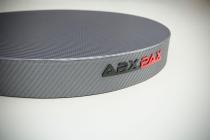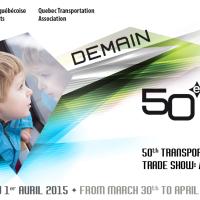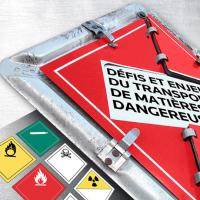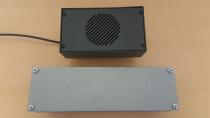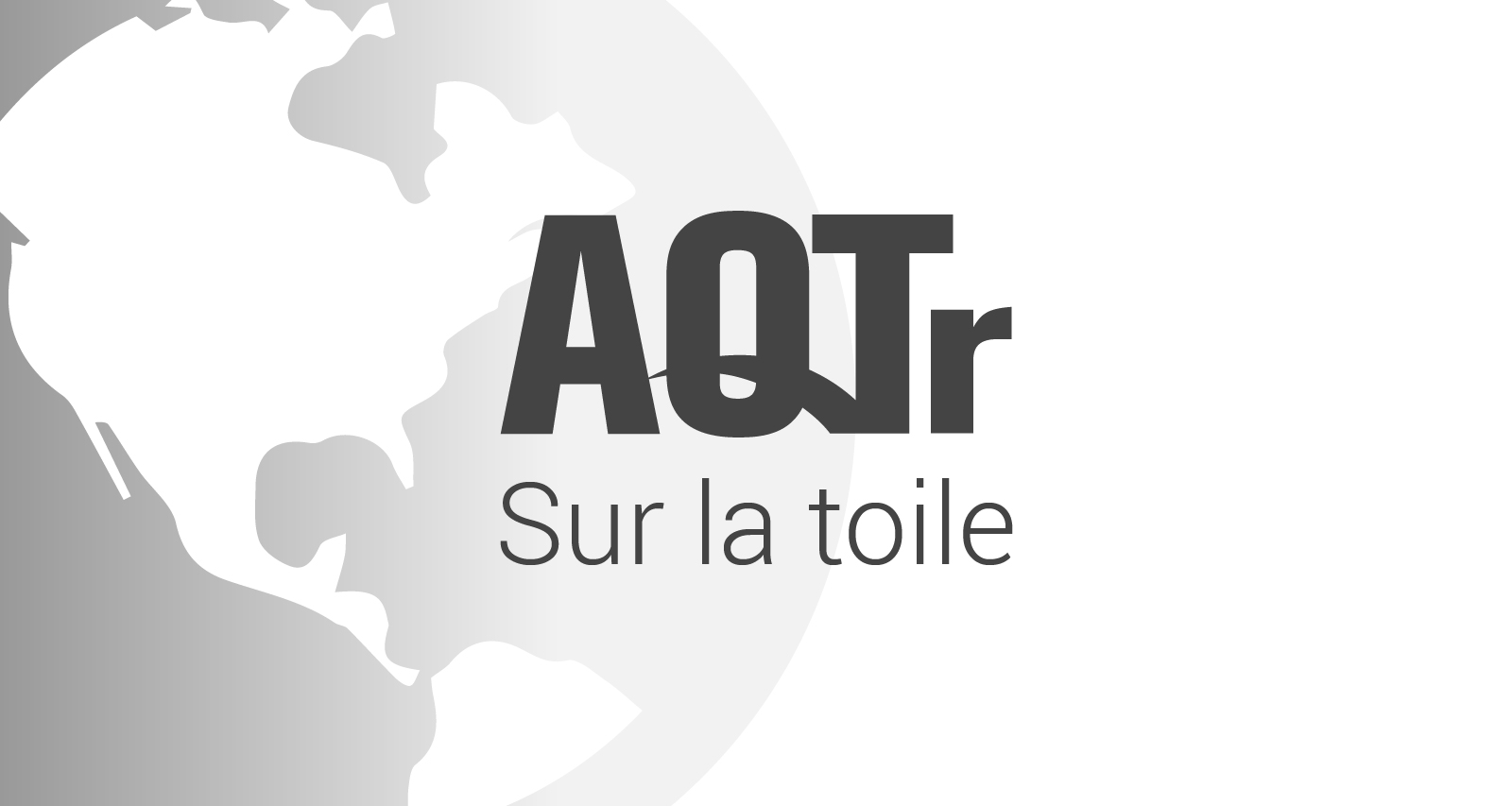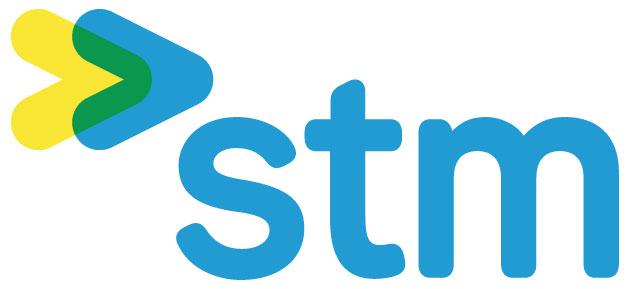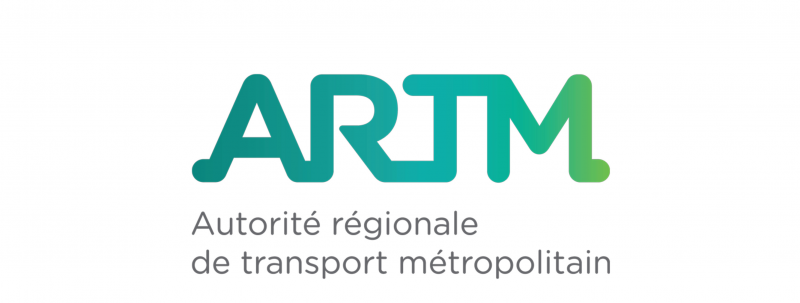How to Give Rise to a Better Future?

Can you tell us more about Arx Pax and your areas of specialization?
Arx Pax is Latin for Citadel and Peace. The genesis was the motivation to change the way the world builds infrastructures: The ultimate goal is to build more strategically to save people, property and communities from natural disasters. Our patented low-tech 3-foundation system can help solve these challenges today. And from this, an insatiable curiosity pursued in Greg’s mind that if you can hover a 50,000 kg train, why not a building? A piece of precious art? Sensitive equipment? This is how Greg invented hover technology, which we call Magnetic Field Architecture™ (MFA). Our areas of specialization span across almost every industry you can think of: Transportation, Structural Isolation, Industrial Automation, Space, Recreation/ Entertainment, Education.
What is your start-up composed of? How does it work?
We currently have 20 team members. Approximately half are in engineering and lab organization developing, designing and building hover engines and systems. The remainder are focused on product delivery and business commercialization. We are continuing to add additional resources to the team as Arx Pax continues to grow. When we design and build hover engines, each one is applicable across multiple verticals and applications, including industrial automation, transportation, struc- tural isolation, and entertainment/recreation. The hover engines and systems are scalable from very small to very large and can be deployed in a wide range of systems for a variety of uses.
What were your initial inspiration and target when creating the Hendo Hoverboard?
We feel that the hoverboard chose us. When you get something to hover that can carry a dynamic payload (a person) and you want to demonstrate it to the world, what comes to mind first? A hoverboard of course! We wanted to showcase our Magnetic Field Architecture (MFA™) in this application, a hoverboard, as proof of the concept so that it would be more conceivable to others. Arx Pax builds and sells hover engines and hover systems. Our mission is to change the way the world works, plays and lives with this revolutionary technology.
How do the hover technologies operate, especially in transportation?
The engines are used to hold the transport vehicle in what amounts to two dimensional micro-gravity with all the energy and speed advantages that creates. If the hover engines are maintained in a neutral position, the vehicle is left to freely move and bank based on typical momentum. But hover engines can also be articulated to create magnetic thrust vectoring that allow for propulsion as well as turning and/or spinning (yaw) as needed by the vehicle. The hover engines can be activated with electric motors, standard gasoline or diesel engines. This is the only magnetic levitation technology that can hover without needing electrical connections.
How do Magnetic Field Architecture and levitation work?
Depending on the application, MFA can begin either with electromagnets or permanent magnets. When their respective fields are properly combined, new field patterns can be created for specific uses. The MFA™ hover engine generates a primary magnetic field, which induces electrical currents in the conductive surface. These eddy currents then create a secondary magnetic field which repels the primary field. In other words, the hover engines create opposing electromagnets in the surface material which results in levitation.
What type of infrastructures and means of transportation could be compatible with this technology?
The hover surface is a passive metal surface, which is not much more difficult to install than something like standard train tracks. It eliminates the cost and complexity that has prevented wide-spread adoption of all other magnetic levitation technologies and we believe it would cost about one tenth of what other mag lev infrastructures cost. A conductive non-ferromagnetic surface is all that is needed, which means mostly copper or aluminum for now.
Any means of transportation could be fitted with our hover engine technology. Applications range from hover sports to material handling robots, to trains and autonomous vehicles. One especially powerful advantage is that hover engines can be integrated into vehicles that use standard wheels for moving over non-conductive surfaces. Hover engines can be engaged without slowing or stopping the vehicle when the vehicle chooses to enter a high-speed hover lane or even something like a super high-speed evacuated tube transport system.
We believe MFA™ hover engine technology makes standard high-speed rail trains obsolete because the infrastructure cost would be about the same, but you get the additional advantages of magnetic levitation for the same cost as high-speed rail systems, such as the ICE train in Germany or the TGV in France. The most effective infrastructure and transport logistics advantages are probably achieved when such a train drives right into an evacuated tube transport system for supersonic speeds to cover large distances. This means regional trains can be used for long-distance travel without having to build different trains for regional and long-range use. Now that MFA™ hover engines make supersonic evacuated tube transport practical, we believe this will eventually render regional jet services obsolete, since such a tube would be faster, more reliable and more logistically flexible, especially since things like ice, snow and weather delays would be eliminated from the logistics calculus. Incidentally, we’ve been calling the fastest version of this new integrated magnetically levitated transport system “BOLT™ Transport.” BOLT™ comes from Barometric Obviated Levitation Tunnel, which just means we’ve reduced the atmospheric pressure in the tunnel sections of the transport system.
Another practical infrastructure advantage this creates is that high-speed BOLT trains and vehicles could be built initially without an evacuated tube, and then the tube could be added later to the long distance sections, where it makes most sense. As the tubes are added, the trains or vehicles would be able to travel at higher speeds in the sections where the tubes are, based on the level of evacuation in the tube. This enables large-scale coast to coast, as well as regional, transport infrastructure to be transformed into a practical, multi-generational, integrated flexible plan, much like other large multi-decade infrastructure plans have been implemented, such as the Interstate Highway System in the United States.
Are you facing particular challenges?
We see challenges as growth opportunities, and where we typically make our best discoveries. When you face challenges, it forces you to step outside your comfort zone and into uncharted areas in order to learn and grow. Intangibly speaking, the biggest challenge is mankind’s resistance to change. When you are creating something completely new, it is first received with great skepticism. There’s a famous quote by Arthur Schopenhauer that sums it up quite well, “All truth passes through three stages. First, it is ridiculed. Second, it is violently opposed. Third, it is accepted as being self-evident.”
How would you compare the hover systems with the maglev technologies?
MFA™ is a more cost effective solution and provides a multitude of benefits and differentiation relative to traditional maglev technologies. Specifically:
- Arx Pax’s hover engines provide one integrated system for propulsion, breaking, guidance and levitation while either moving or stationary. The state of the art Mag Lev systems being built today require separate, complex, expensive systems, as well as redundant wheels and tracks, because they can’t levitate unless they are moving at 100mph.
- Vehicles, including trains and pods, designed using MFA™ can move omni-direc- tionally allowing objects to go forward, backwards and sideways while simulta- neously turning or pivoting in place. This allows movement that is not possible with a wheel and axel.
- There is no physical contact with the ground, therefore friction as we know it does not exist.
- Vehicles can bank in a curve in order to avoid uncomfortable sideways g-forces on passengers, allowing transport systems to travel faster and offering more practical, less expensive routing of travel by curving around obstacles instead of having to tunnel through them.
- MFA™ significantly simplifies the complexity and cost of tracked systems that traditional Mag Lev requires because MFA™ only needs a passive metal surface over which to levitate. That surface can be curved or flat and can be made any width to enable trains to pass one another like cars do today. However, traditional maglev uses complex, expesive surfaces with continuous active sensing and active adjusting, along with power switching logic, to turn track surfaces on and off. This means traditional Mag Lev doesn’t allow trains to operate in close proximity while levitating and only one train can be active on each section of an activated track at a time.
MFA™ eliminates/reduces the constraints of state of the art maglev and therefore avoids the costs and failure modes that go along with them, making MFA™ the most costeffective and scalable deployment option.
What are the ecological aspects and impacts?
By essentially eliminating friction, Arx Pax’s MFA™ technology greatly improves energy efficiency and reduces wear and tear to make our applications more sustainable. There is no need for cooling or superconductivity in our system, which makes it safer and more economical. With lifting efficiencies achieving 40 watts per kilogram, MFA™ has the potential to significantly reduce energy use in a variety of industries (see applications above). We value a low ec logical impact and pride ourselves in contributing technologies that are green, sustainable and economical. There is a new ecological possibility that arises when you don’t have to touch the ground. Imagine low vegetation planted over the hover surface to naturally clean the atmosphere – Greenways instead of freeways.
How are you financing this project?
We have been very fortunate. To date, we have received funding from private individuals and angel investors who believe in the vision of how MFA™ can change the way people work, live and play. We are in a healthy financial position. At this point in time, we are interested in strategic partnerships with corporations who want to invest in and leverage our technology.
What are the socio-economic benefits considered in your project? How is it contributing to transportation improvement?
The fact is that the amount of grid-lock and commute times in most significant population centres is causing people to spend a significant part of their day in transport, instead of being productive at home or at work. Sitting in traffic impacts how people feel in a detrimental way and we see things like road rage as an expression of that. Unfortunately, there isn’t enough land to build enough roads, rails or new through-ways to solve today’s level of untenable congestion, especially in city and urban sprawl regions. Transport infrastructure is not currently adequate to accommodate the population growth of the planet. In order to move more people over what land is available for through-ways today, it will require significantly faster and more flexible seamless multi-modal transportation that can also be retrofitted into existing through-ways to reduce the residence time of people in the available transportation through- ways. That will ultimately improve the quality of people’s lives while making them safer, happier and more productive at the same time.
How are you planning to commercialize it?
We are commercializing our MFA™ technology by focusing on designing and making hover engines. We intend to sell our hover engine components into a wide breadth of industries and we are currently pursuing companies who are thought leaders in their markets and have the conviction to implement change and take full advantage of this new fundamental technology that is ushering in a new era of transportation. We are looking to enable these companies to be the market leaders in their industry for decades to come. Our most recent announcement in early September is our partnership with NASA, which is incredibly exciting.
How do you see this innovation in the future?
We believe MFA™ will absolutely change the way the world works, plays and lives. Its capabilities provide so many solutions for a better world on every front. It will naturally take longer for certain applications, but it is happening, and MFA™ will be triumphant in benefiting humanity.

